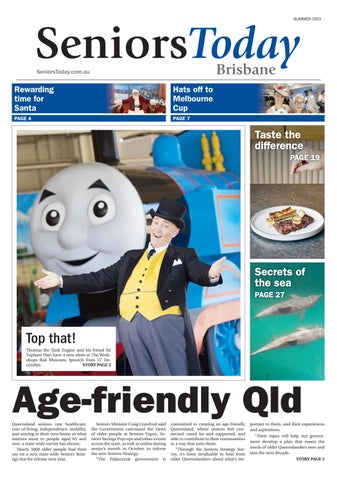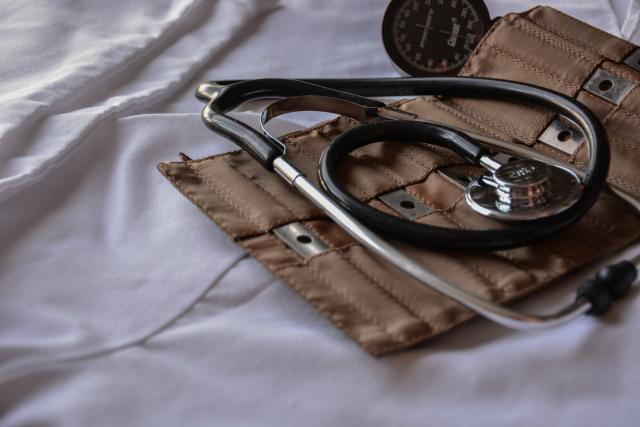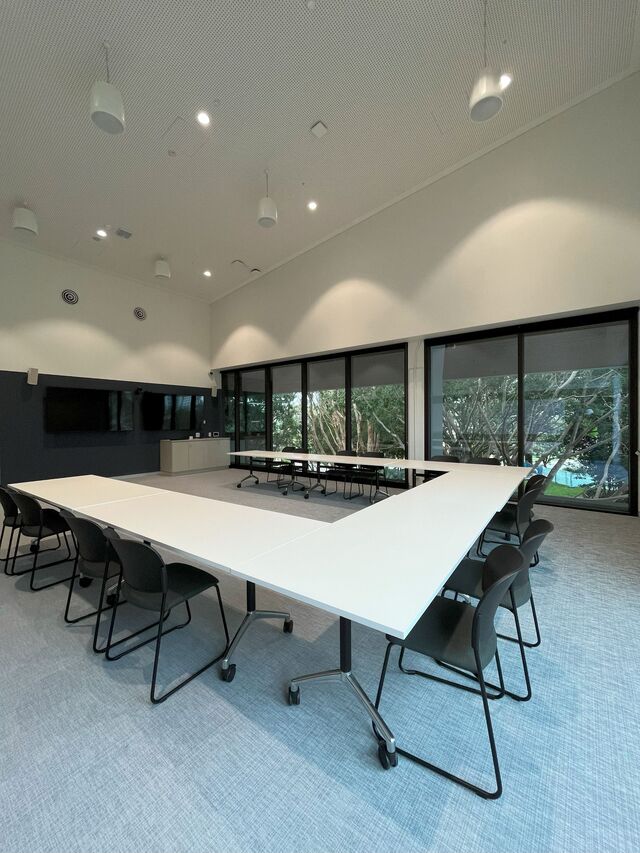Cataract and Glaucoma are two issues that affect many Australians, especially as they age.
Best Practice Eyecare’s Ophthalmic Nurse says in her 30-plus year career, she has seen unbelievable advances in surgery, laser and medication that treat the myriad of eye and vision problems. So much so that many people are now able to achieve glasses-free vision after cataract or clear lens extraction surgery, as well as no longer needing to use daily eyedrops to save their eyesight from the ravages of glaucoma.
Glaucoma is often called the “sneak thief of sight” as many people do not realise they have it until they have suffered at least some vision loss, which is irreversible. Best Practice Eyecare urges anyone with a family history or over the age of 50 to have regular glaucoma surveillance with their optometrist.
One way of treating glaucoma is Selective Laser Trabeculoplasty (SLT). This is an effective treatment for reducing intraocular pressure (IOP). SLT uses laser energy to target the trabecular meshwork, the eye’s drainage system, enhancing aqueous humour outflow and thereby lowering IOP. This procedure is minimally invasive, performed in our clinic by our experienced surgeon, and offers a favourable safety profile with few side effects.
The concept of “drop-free” glaucoma is particularly appealing for patients and clinicians alike. Eye drops, the traditional treatment for glaucoma, can be burdensome due to the need for strict adherence, potential side effects, and high costs. SLT provides a viable alternative, especially for patients struggling with medication compliance or experiencing adverse reactions to eye drops.
She said studies had shown that SLT can reduce IOP effectively, with results lasting several months to years in many patients. This longevity can vary, necessitating periodic evaluations and possibly repeat treatments. However, for many patients, SLT represents a pathway to maintaining adequate IOP control without the daily regimen of eye drops, improving their quality of life and simplifying their glaucoma management.
One of the critical structures in the eye for good vision is the lens. If this lens becomes cloudy, this is a cataract, which diminishes your vision.
Intraocular lenses (IOLs) are implanted during cataract surgery or refractive lens exchange to replace the eye’s natural lens. Recent advancements in IOL technology have significantly improved the possibility of achieving glasses-free vision post-surgery.
Traditional monofocal IOLs, while effective in restoring vision, typically require patients to use glasses for either near or distance vision. However, modern multifocal and extended depth of focus (EDOF) IOLs are designed to provide a broader range of clear vision. Multifocal IOLs have multiple zones with different focusing powers, allowing patients to see well at various distances. EDOF IOLs, on the other hand, create a more continuous range of vision, reducing the need for glasses across most daily activities.
The success of achieving glasses-free vision depends on factors such as the patient’s visual needs, eye health, and the specific IOL type used. While not all patients may achieve complete independence from glasses, many experience a significant reduction in their reliance on corrective eyewear, enhancing their quality of life and visual satisfaction.
For those who would like to explore glasses-free vision or drop-free glaucoma, ask your GP or optometrist for a referral to Dr Karpa at Best Practice Eyecare.
Love your eyes. Get them checked.








